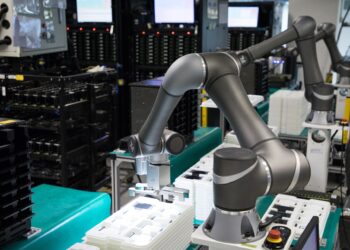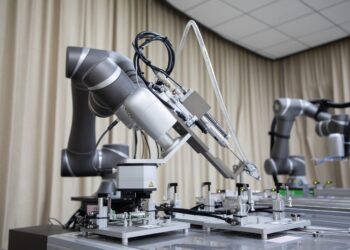In today's competitive manufacturing world, process optimization and maximum efficiency are high on the agenda. More and more companies are choosing automation to meet these challenges. A good starting point is end-line automation, such as palletizing products. But with so many options available, choosing the right palletizing solution can be overwhelming. Depending on requirements, palletizers range from standard solutions to highly customized systems. Therefore, the first step is to determine which type of palletizer is the best fit: a cobot or an Industrial Palletizer. In this blog, we explain the main differences between Cobot and Industrial Palletizers and provide real-world examples. Our goal is to help you make the right choice for your production line.
Cobot Palletizers: agile and user-friendly
Cobots, or collaborative robots, are designed to work safely with humans. They are easy to operate, flexible and quick to deploy. Here are some key features of a Cobot Palletizer:
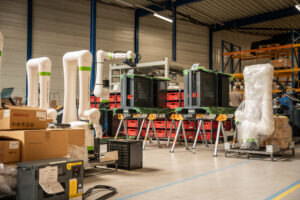
Carrying capacity
Cobots are ideal for light to medium weight products such as electronics, beverages or packaged foods.
Box sizes
Double picking
Speed
Stack height
Safety
Floor space
Cobots take up little space, about 2.5x2.5x3 meters.
Typical applications of Cobot Palletizers
Cobots are ideally suited for industries with lighter products and lower cycles. They are widely used in the food and beverage industry for palletizing packaged snacks, baked goods and beverages. In the medical industry, they are used to process drugs and medical devices. Consumer products, from toys to delicate electronics, are also often handled by cobots.
Industrial Palletizers: powerful and fast
Industrial Palletizers are heavy-duty systems designed for higher speed and larger volumes. They can be customized to specific configurations, making them very versatile. Some key features of Industrial Palletizers include:
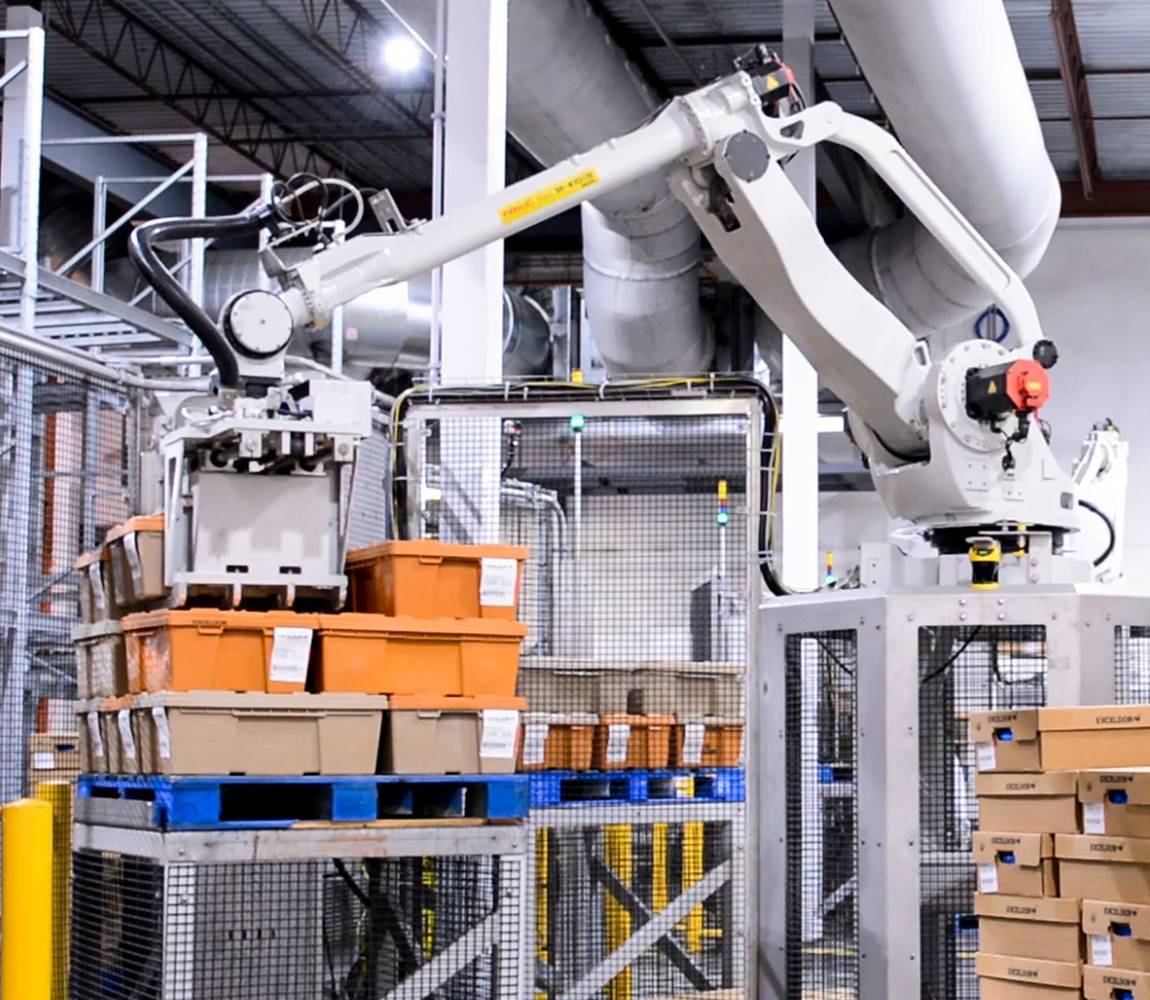
Carrying capacity
Depending on the type of robot, making them suitable for larger and heavier products.
Box sizes
Similar to cobots, but with the ability to handle heavier or larger items.
Double picking
Industrial Palletizers often offer the ability to handle two boxes simultaneously for higher productivity.
Speed
Industrial Palletizers achieve cycle times of 12 boxes per minute or faster, significantly higher than cobots.
Stack height
Industrial Palletizers can handle higher stacks, often up to 2.5 meters.
Safety
Because of their higher speed and capacity, Industrial Palletizers require protective fencing for employee safety.
Floor space
These systems take up more space, often about 3x3x3 meters, because of the extensive safety features.
Industrial Palletizer applications
Industrial Palletizers are used for demanding applications where heavy products must be handled quickly. Consider the automotive industry, where heavy car parts are palletized, or the construction industry, where bricks and other building materials are stacked. In the beverage industry, industrial Palletizers handle heavier loads, such as crates and barrels.
Conclusion: Choosing the right Palletizer
Both Cobot and Industrial Palletizers offer distinct advantages for automation. Which one best suits your production line depends on specific requirements, such as product weight, desired speed and available space. Not to mention the budget. Industrial Palletizers are more powerful and therefore more expensive, while cobots are often a more affordable option, provided they are suitable for your application.
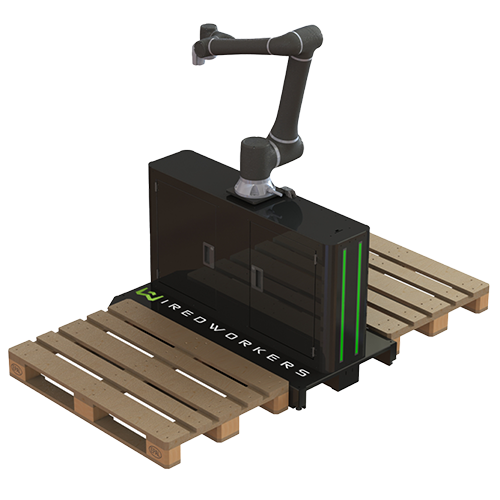
Either way, end-of-line automation offers an accessible way to optimize your production and reduce labor costs, allowing your employees to focus on more valuable tasks. WiredWorkers has already had the opportunity to help several companies optimize their production processes. Contact us or schedule a free consultation to find out how we can help you harness the power of collaborative robots for your business.




